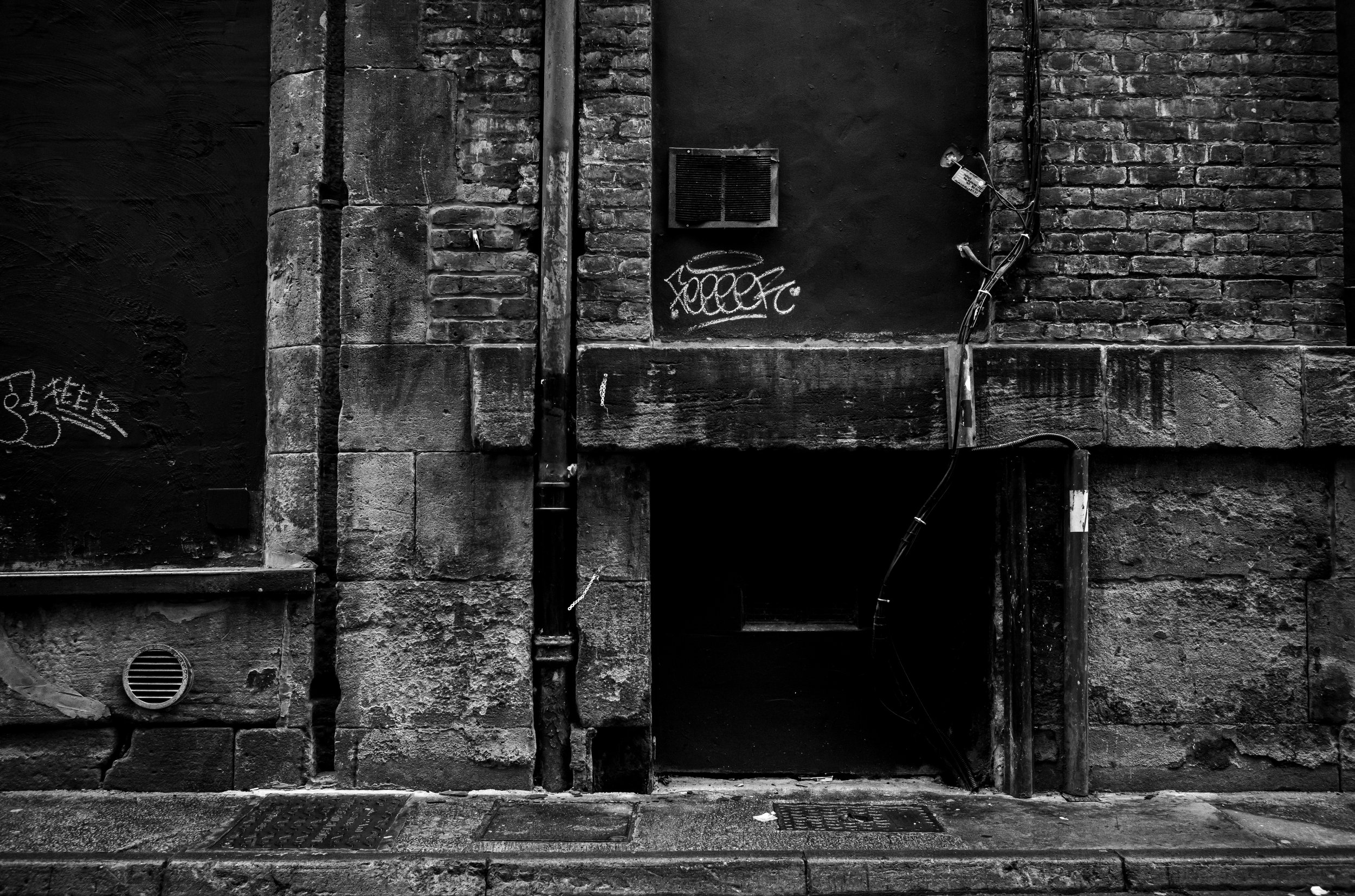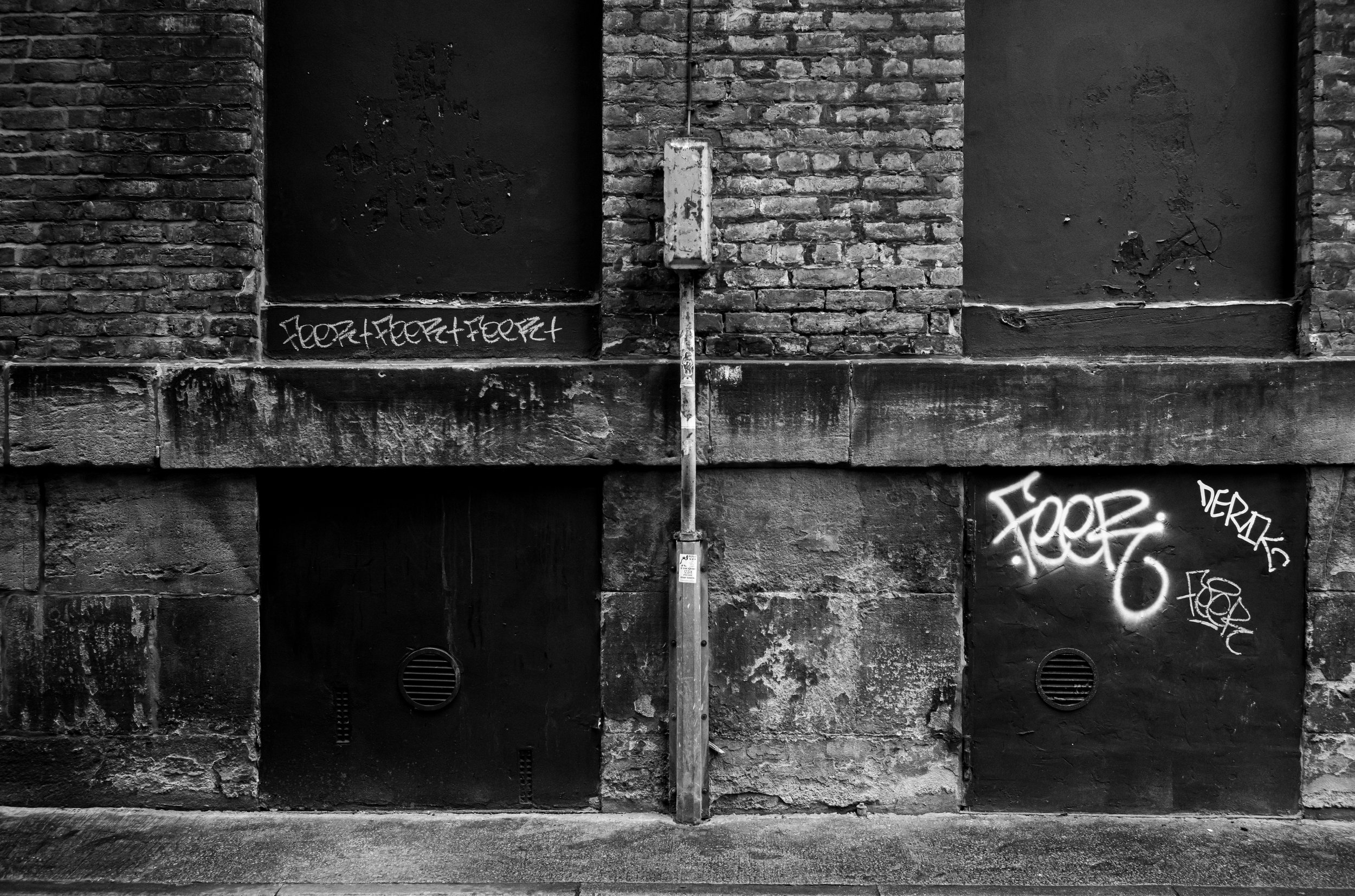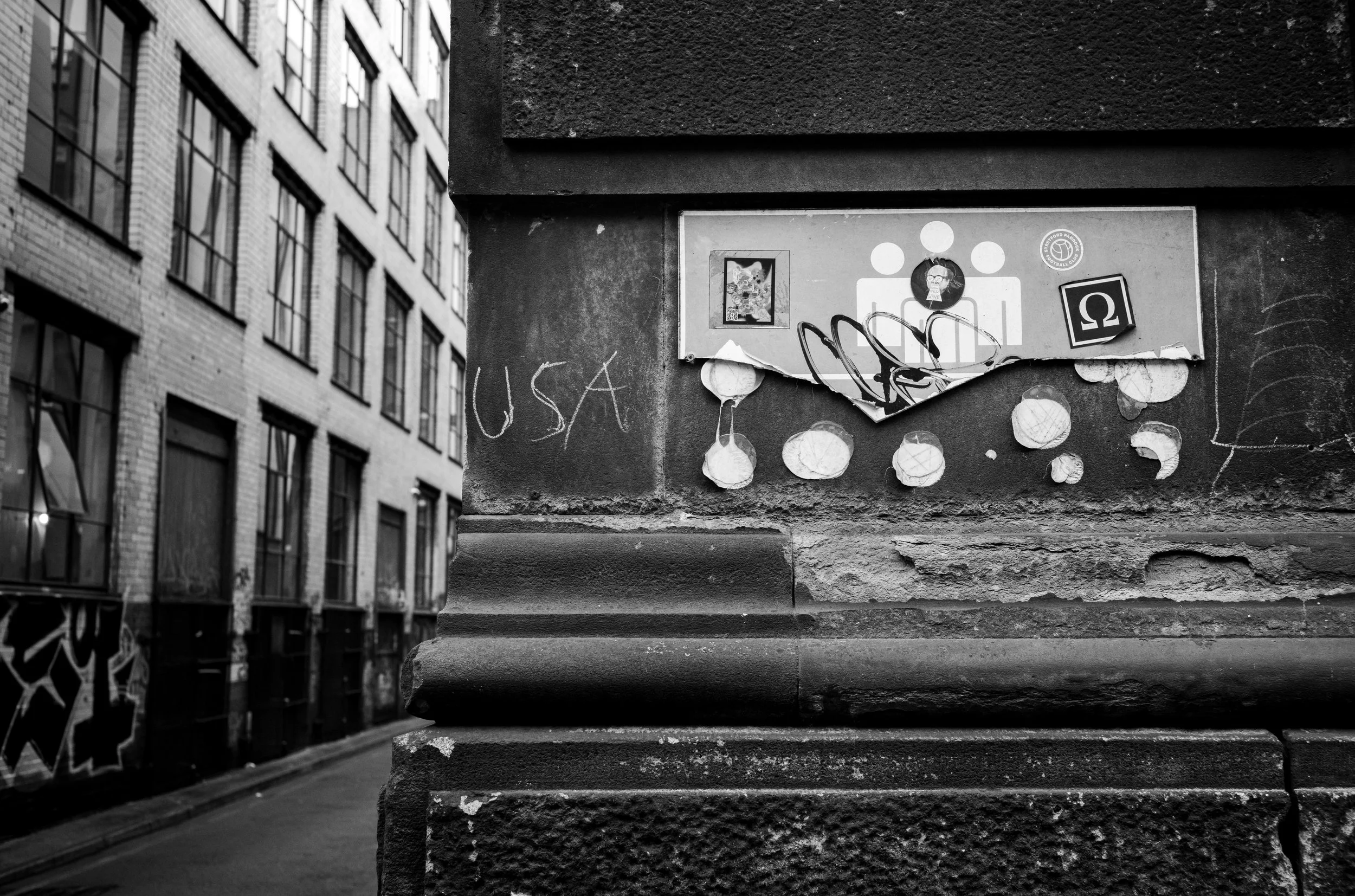
22 Lever Street: All Facade, No Fire
(2025)
22 Lever Street stands as a weathered sentinel at the edge of the heart of Manchester's Northern Quarter, a Grade II listed building that wears its history like a dark patina on its Victorian bones. The soot-stained stonework tells tales of an industrial revolution, when Manchester's skies ran black with factory smoke, while the ornate ironwork above the entrance - a delicate lattice of Victorian craftsmanship - speaks to grander aspirations.
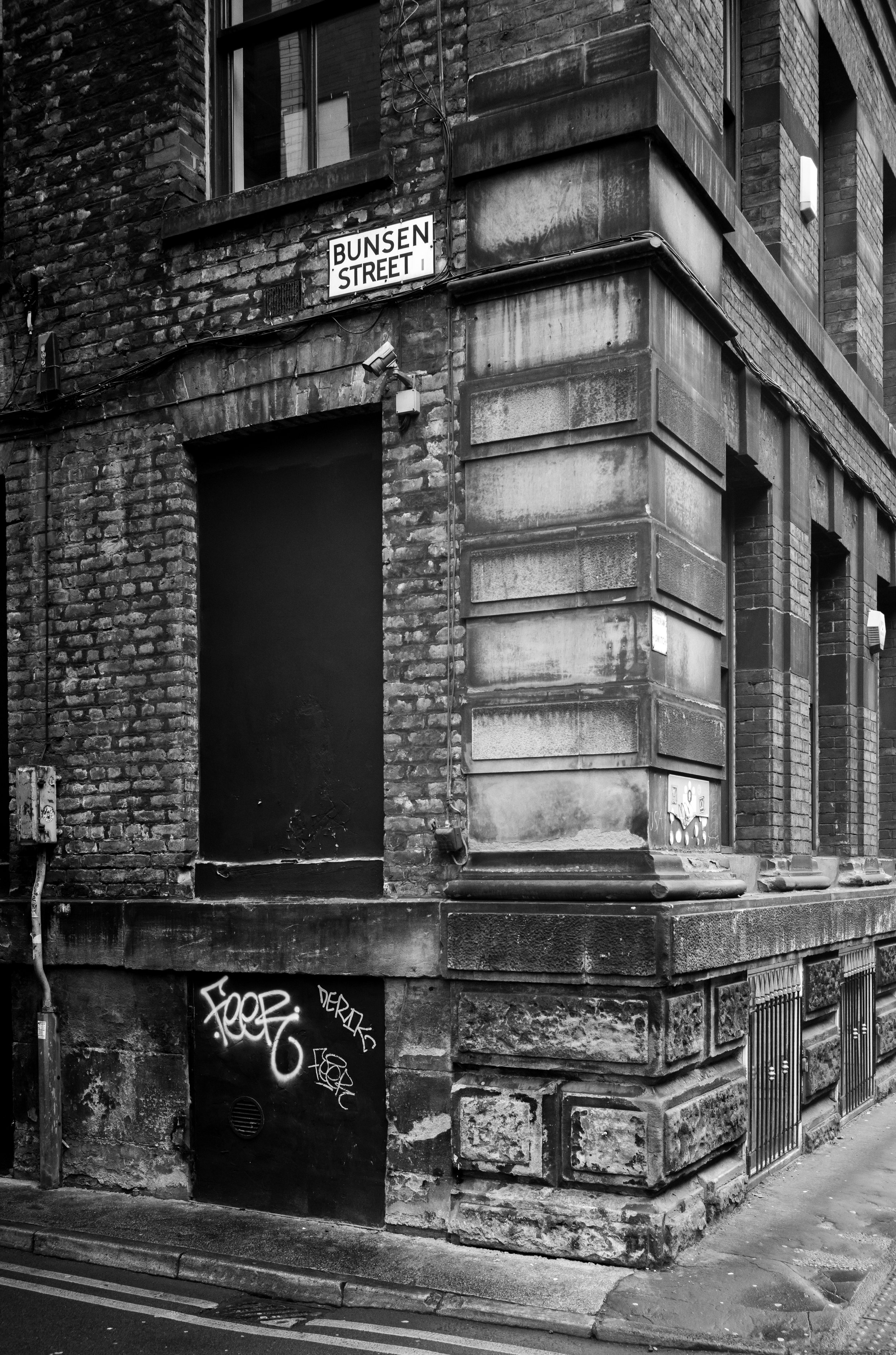

There it is - a Victorian beast, stubborn on its corner. Not ruined, which might be almost better, but reconfigured into something that makes my stomach twist with a vague cultural nausea I can't quite name. I keep thinking about these buildings, these magnificent industrial relics, these once-revolutionary spaces now reduced to housing companies that make Instagram analytics dashboards with names like "SocialPulse" or "EngageFlow."
It's one of those classic Manchester buildings that seems to have been built by people who understood that function didn't have to murder form in cold blood. The entrance is a quiet masterpiece of ironwork - all those delicate Victorian loops that somehow manage to be both masculine and feminine simultaneously, the way the best nineteenth-century industrial architecture always is. It's showing off and it knows it, a cast-iron curtsy before you enter.
I find myself standing in the doorway too long, earning suspicious looks from someone wearing AirPods and clutching a KeepCup. The stone walls around me have a physical weight that I can almost feel pressing against my consciousness - they were built for cotton trade and factory systems and the kinds of commercial empires that involved actual objects moving through actual space. Now they house digital solutions which seems to be neither digital nor a solution but rather six people in a Slack channel debating the merits of different sans-serif fonts.

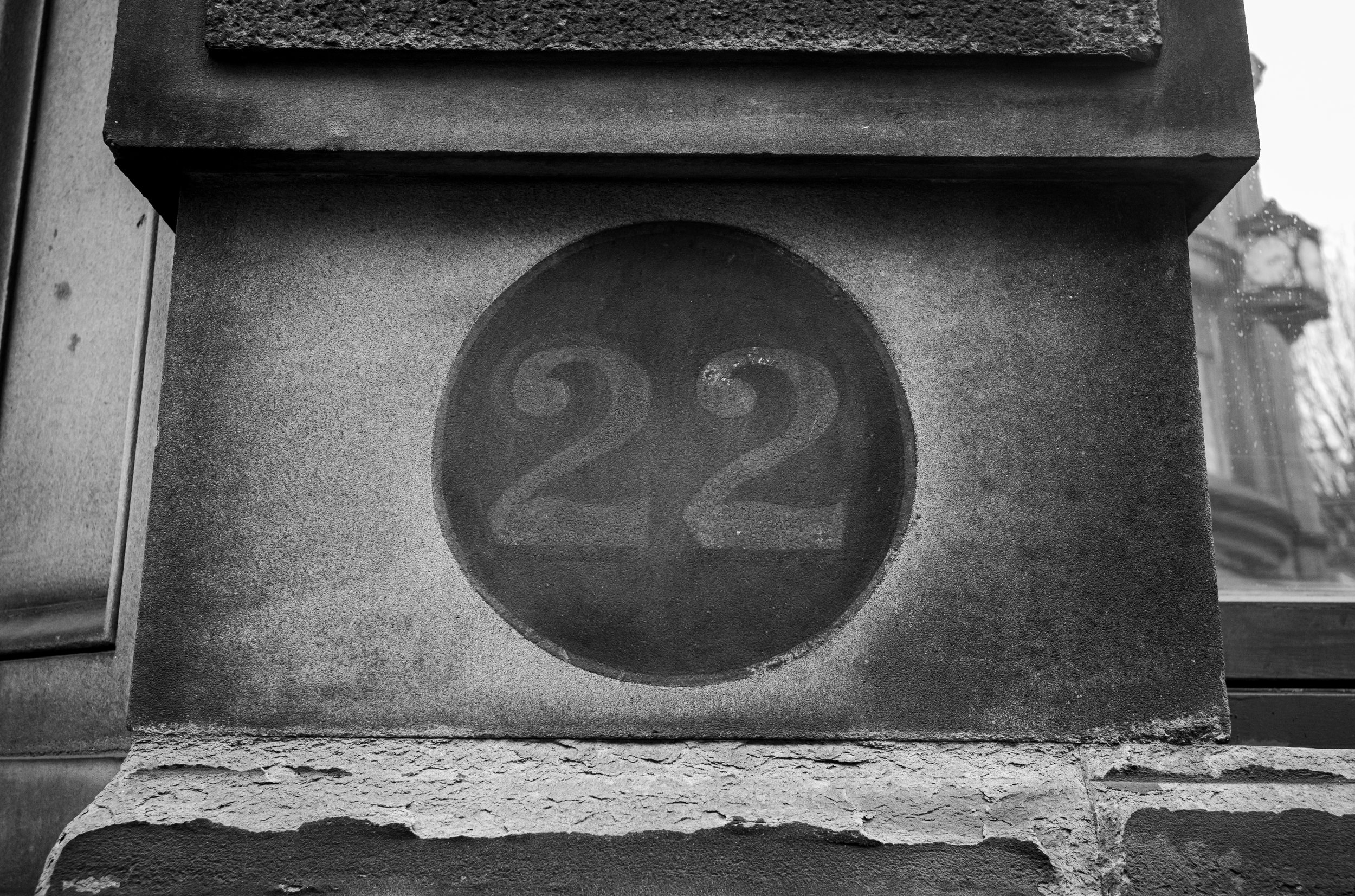
Inside, everything has been thoroughly landlord-pilled: softened corners, beige-adjacent wall colours, signage that uses that one font that's supposed to communicate reliability and innovation simultaneously. The original spaces have been carved up like a Christmas turkey to maximise rental yield per square foot. The building doesn't care if you're a "disruptive" marketing startup or an accountancy firm or a wellness consultant - it just wants your monthly direct debit to clear.
The kind of thinking that looked at this architectural marvel and thought: "This would be perfect for hot-desking and quarterly planning sessions." The kind of thinking that takes the raw physicality of Victorian ambition and turns it into a backdrop for LinkedIn posts captioned "Another productive day at the office! #MondayMotivation"
But look up - past the sanitised compromise of the ground floor. The top windows still flex with possibility. They frame Manchester's perpetually bothered sky the same way they did when this neighborhood wasn't yet safe enough for cold brew coffee. They're holding something back, some ghost of potential that hangs around like a party guest who refuses to leave after everyone else has gone.
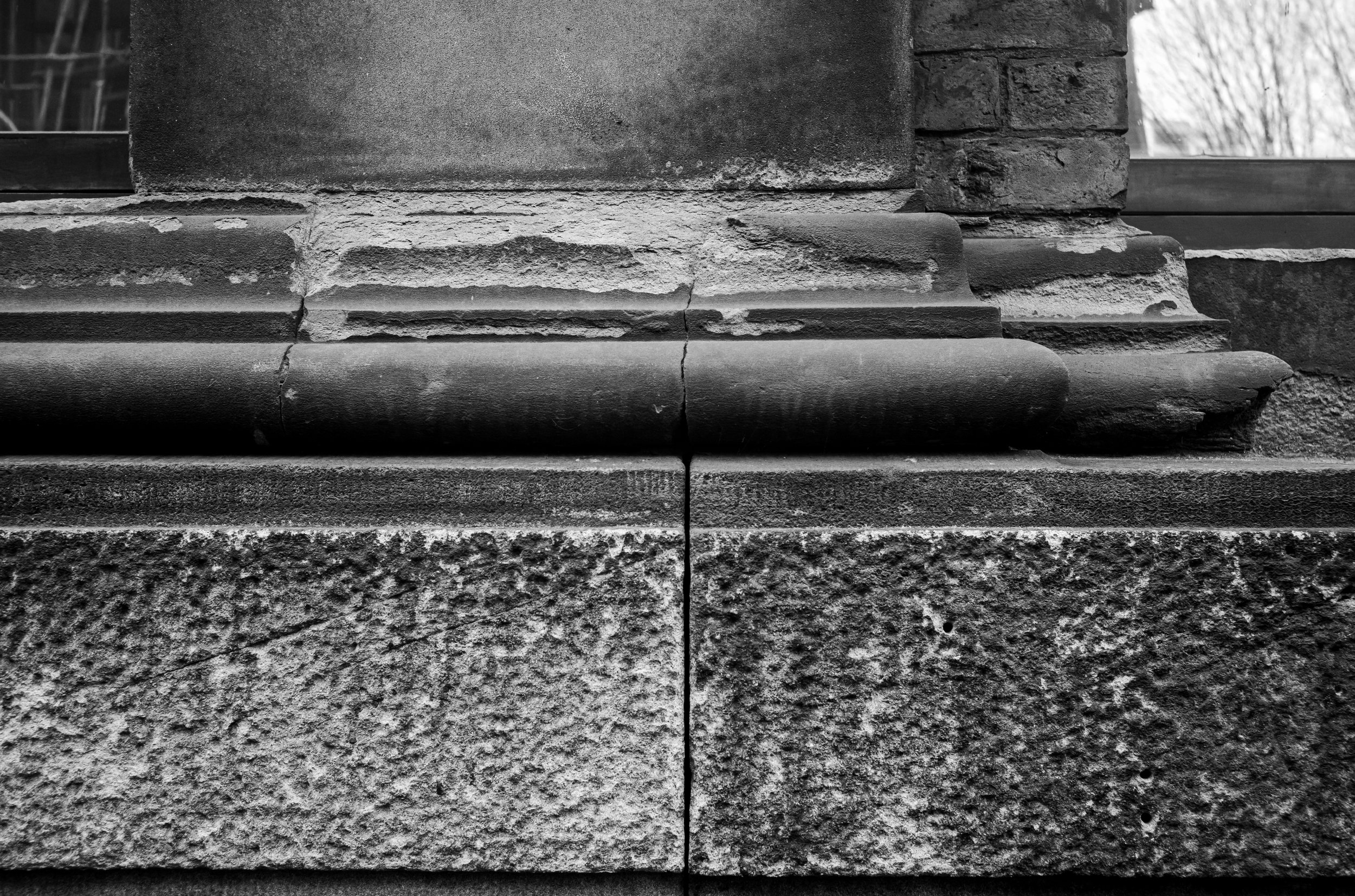
Every floor tells the same depressing story of domestication—the nineteenth-century equivalent of putting a wolf on a leash and teaching it to sit. The building maintains its impressive silhouette but has lost its internal nerve, like a former punk rocker who now worries about his SIPP and whether his khakis are the right shade of inoffensive. The rebellion is gone; what remains is the anxiety of irrelevance dressed up as professionalism.
And it's not just this address - it's every building where the ghosts of industry and revolution have been exorcised by corporate sage-burning. It's every space where the rough edges have been sanded down to avoid lawsuit. The walls are still strong enough to contain riots of imagination, but someone decided to fill them with ergonomic chairs and those weird little phone booths for private calls instead.
Late afternoon, when Manchester's reluctant sun slides through the top windows, there's a moment when you can almost see what could have been - what should be. A space where ideas don't require a business model in their first trimester of existence. The stone knows this. The iron remembers. They're just waiting for someone who sees buildings as something other than vehicles for maximising rental yield to remember too.
